Casino Del Belvedere Vaticano
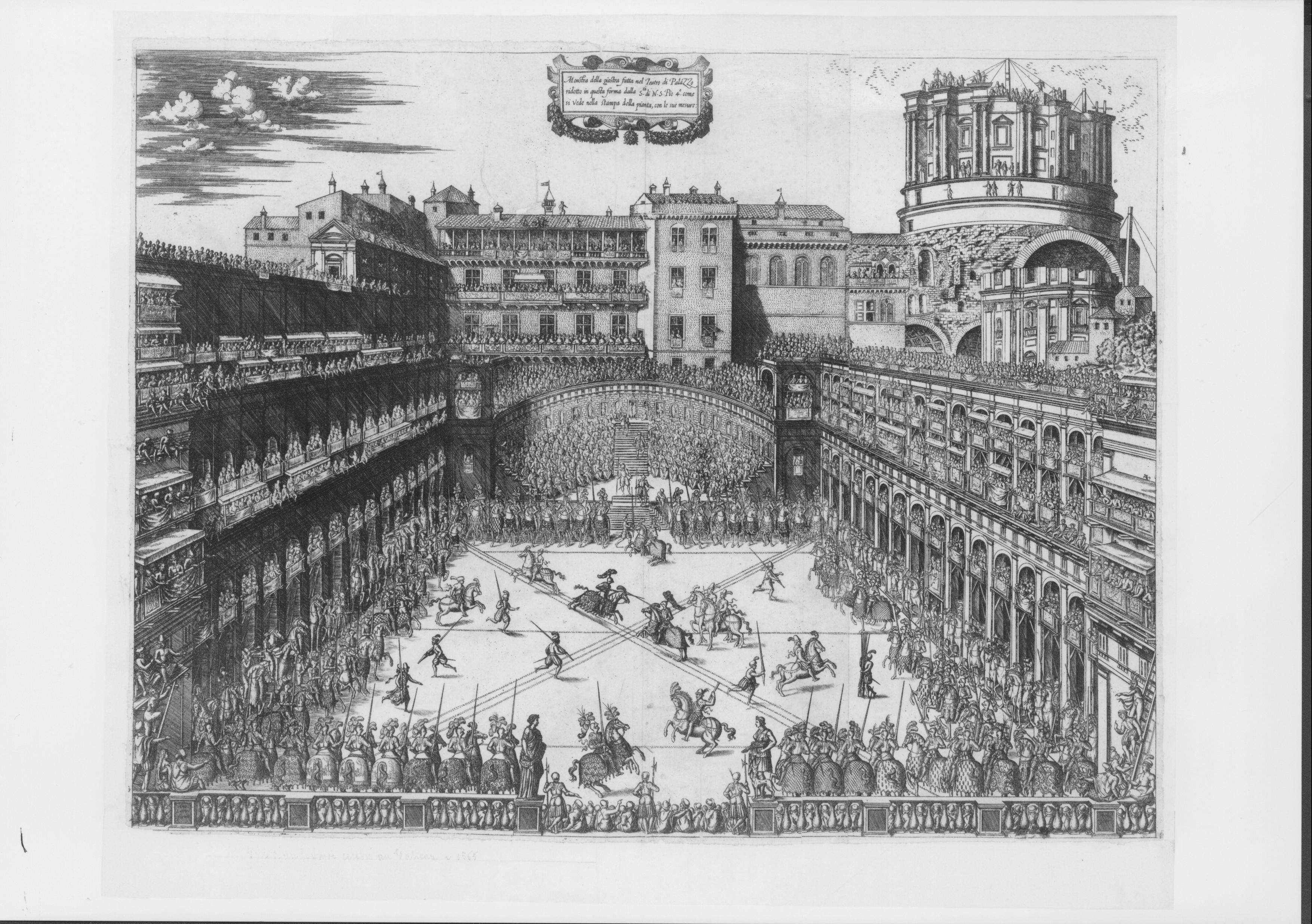
The Cortile del Belvedere (Belvedere Courtyard or Belvedere Court) was a major architectural work of the High Renaissance at the Vatican Palace in Rome. Designed by Donato Bramante from 1505 onward, its concept and details reverberated in courtyard design, formalized piazzas and garden plans throughout Western Europe for centuries.[citation needed] Conceived as a single enclosed space, the long Belvedere court connected the Vatican Palace with the Villa Belvedere in a series of terraces connected by stairs, and was contained on its sides by narrow wings.
Bramante did not see the work completed, and before the end of the sixteenth century it had been irretrievably altered by a building across the court, dividing it into two separate courtyards.
Early history and Bramante's design[edit]
Innocent VIII began construction of the Villa Belvedere on the high ground overlooking old St Peter's Basilica, in 1484. Here, where the breezes could tame the Roman summer, he had the Florentine architect Antonio Pollaiuolo, design and complete by 1487 a little summerhouse, which also had views to the east of central Rome and north to the pastures beyond the Castel Sant'Angelo (the Prati di Castello). This villa suburbana was the first pleasure house to be built in Rome since Antiquity.[1]
Casino Del Belvedere Vaticano Ii
When Pope Julius II came to the throne in 1503, he moved his growing collection of Roman sculpture here, to an enclosed courtyard within the Villa Belvedere itself. Soon after its discovery, Julius purchased the ancient sculpture of Laocoön and His Sons and brought it here by 1506. A short time later, the statue of Apollo became part of the collection, henceforth to be known as the Apollo Belvedere, as did the heroic male torso known as the Belvedere Torso.
La prospettiva del cortile era conclusa nel progetto di Bramante da una esedra posta come punto di fuga della prospettiva del grande invaso architettonico e con la funzione di nascondere l'antico Casino del Belvedere che non si integrava con gli allineamenti del nuovo impianto. Real Casino del Belvedere di, tutte le informazioni sul monumento Real Casino del Belvedere. Indirizzo, orario apertura e chiusura, sito web, descrizione del monumento Real Casino del Belvedere. Vedi le foto del monumento e delle opere contenute, vedi le schede degli artisti.
Julius commissioned Bramante to link the Vatican Palace with the Villa Belvedere. Bramante's design is commemorated in a fresco at the Castel Sant'Angelo; he regularized the slope as a set of terraces, linked by rigorously symmetrical stairs on the central longitudinal axis, to create a sequence of formal spaces that was unparalleled in Europe, both in its scale and in its architectural unity.[citation needed]
A series of six narrow terraces at the base was traversed by a monumental central stair leading to the wide middle terrace.[2] The divided stair to the uppermost terrace, with flights running on either side against the retaining wall to a landing and returning towards the center, was another innovation by Bramante. His long corridor-like wings that enclose the Cortile now house the Vatican Museums collections. One of the wings accommodated the Vatican Library. The wings have three storeys in the lower court and end in a single one enclosing the uppermost terrace.
The whole visual scenography culminated in the semicircular exedra at the Villa Belvedere end of the court. This was set into a screening wall devised by Bramante to disguise the fact the villa facade was not parallel to the facing Vatican Palace facade at the other end. The entire perpectivised ensemble was designed to be best seen from Raphael's Stanze in the papal apartments of the palace.[3]
Subsequent history[edit]
Shortly after, the court was home to the papal menagerie. It was on the lower part of the courtyard that Pope Leo X would parade his prized elephant Hanno for adoring crowds to see. Because of the pachyderm's glorious history he was buried in the Cortile del Belvedere.[4]
The court was incomplete when Bramante died in 1514. It was finished by Pirro Ligorio for Pius IV in 1562–65. To the great open-headed exedra at the end of the uppermost terrace, Ligorio added a third story, enclosing the central space with a vast half-dome to form the largest niche that had been erected since antiquity— the nicchione ('great niche') visible today from several elevated outlooks around Rome (illustration). He completed his structure with an uppermost loggia that repeated the hemicycle of the niche and took its cue from scholarly reconstructions of the ancient sanctuary dedicated to Fortuna Primigenia at Praeneste, south of Rome.
The lowest, and largest level of the court was not planted. It was cobbled and paved with a saltire of stones laid corner to corner and had semi-permanent bleachers set against the Vatican walls to serve for outdoor entertainments, pageants and carousels such as the festive early-17th-century joust depicted in a painting in Museo di Roma, Palazzo Braschi. The upper two levels were laid out with of patterned parterres that the Italians referred to as compartimenti, set in wide graveled walkways. The four sections (now grassed) of the upper courtyard have the same pattern that appears in 16th-century engravings.
Sixtus V spoiled the unity of the Cortile (1585–90) by erecting a wing of the Vatican Library, which occupies the former middle terrace and bisects the space. James Ackerman has suggested that the move was a conscious one, designed to screen the secular, even pagan nature of the Cortile and the collection of sculptures that Pope Adrian VI had referred to as 'idols'. Today the lowest terrace is still called the Cortile del Belvedere, but the separated upper terrace is called the Cortile della Pigna after the Pigna, a large bronze pinecone, mounted in the niccione, likely to have been the finial of Hadrian's tomb or, as supposed in the Middle Ages, to mark the turning point for chariots in the hippodrome where many Christians were martyred.[5]
In 1990, a sculpture of two concentric spheres by Arnaldo Pomodoro was placed in the middle of the upper courtyard.[6]
See also[edit]
Notes[edit]
- ^Ackermann, James S. (1951). 'The Belvedere as a Classical Villa'. Journal of the Warburg and Courtauld Institutes. yumpu.com. 14: 70–71. doi:10.2307/750353. Retrieved 2014-01-24.
- ^The middle terrace was obliterated by the cross wing of Sixtus V in 1589.
- ^This view exaggerated in the engraving (illustration, above right) made to commemorate the festive carousel celebrating the marriage of one of Pius IV's nephews in 1565. The illustration reverses the drawing it was made from: the court where the sculptures were displayed appears in the engraving at upper left instead of upper right.
- ^Bedini, Silvio (2000). The Pope's Elephant. Penguin Books. pp. 143–144. ISBN978-0140288629. Retrieved 2014-01-24.
- ^Kenneth Clark, Civilization, Harper & Row, 1969. p. 117.
- ^'Vatican Courtyards'. Vatican City State. Retrieved 2014-01-24.
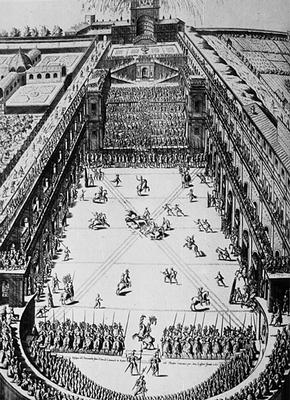
References[edit]
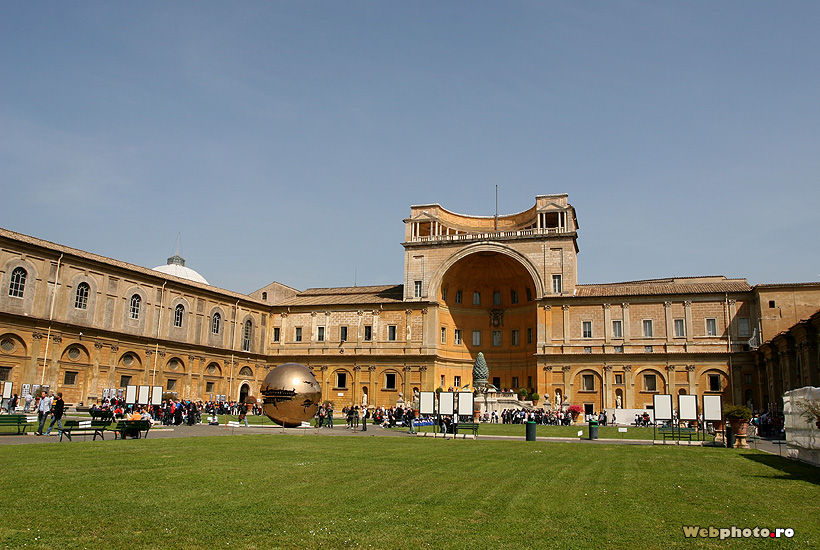
| Wikimedia Commons has media related to Cortile del Belvedere. |
- James Ackerman, 1954. The Cortile del Belvedere (Vatican City: Biblioteca aspostolica vaticana) OCLC2786997.
- Roberto Piperno, 'Giardino e Casino Pontificio del Belvedere': the Cortile as seen by Giuseppe Vasi
- Hans Henrik Brummer, 1970. 'The Statue Court in the Vatican Belvedere' (Stockholm: Almqvist & Wiksell)
- Lowry, Bates (1957). '[Review of] James S. Ackerman, The Cortile del Belvedere,' The Art Bulletin, vol. 39, no. 2 (June), pp. 159–168. JSTOR3047705.
- Matthias Winner, 1998. 'Il Cortile delle Statue : Akten des Internationalen Kongresses zu Ehren von Richard Krautheimer' (Mainz : Von Zabern)
Casino Del Belvedere Vaticano Telefono
Further reading[edit]
- Piana, Marco (2019). 'Gods in the Garden: Visions of the Pagan Other in the Rome of Julius II'. Journal of Religion in Europe. 12 (3): 285–309. doi:10.1163/18748929-01203003.
Coordinates: 41°54′15″N12°27′17″E / 41.90417°N 12.45472°E
(Vasi at work in the Grand View of Rome)
Links to this page can be found in Book10, Day 8, View C2 and Rione Borgo.
The page covers:
The plate by Giuseppe Vasi
Today's view
Casino di Papa Pio IV
Pinacoteca Vaticana
The Plate (No. 182)
This 1761 etching by Giuseppe Vasi is an interesting record of the changes made by Pope Clement XIII to the surroundings and accesses to the small casino designed by Pirro Ligorio for Pope Pius IV in 1561. The section of the 1748 Map of Rome by Giovanni Battista Nolli (below) shows that there was little room between the fountain of the casino and nearby Giardino dei Semplici, a garden where officinal (medicinal) plants were grown which was created by Michele Mercati, physician of Pope Pius V. The view by Vasi shows instead a large open space and two stairs decorated with pots of orange trees which did not appear on the map; also the shape of the basin is different. One of the persons near the fountain wears a round hat (a saturno - it opens in another window), rather than a tricorne; possibly Vasi portrayed the Pope himself while checking the result of the changes he commissioned (see also a plate showing the gardens of Palazzo del Quirinale).
The view is taken from the green dot in Nolli's map. In the description below the plate Vasi made reference to: 1) Loggia with Egyptian granite columns; 2) Nymphaeum (fountain) with statues; 3) Circular courtyard with two entrances; 4) Steps leading to the courtyard. The second map shows also 5) approximate site of Pinacoteca Vaticana.
Today
The view in July 2010
The main noticeable change relates to four stucco statues portraying satyrs supporting the loggia which do not exist any longer; other changes relate to two small obelisks which have been added at the beginning of the stairs and to the disappearance of the pots with orange trees.
Casino di Pio IV
The casino with a 1930s rear addition seen from the dome of S. Pietro ...
... and the dome seen from near the casino
The image taken from the dome of S. Pietro and Vasi's plate highlight a feature of the casino: it was immersed in a natural context, but at the same time it was separated from it; the oval courtyard was limited by a wall which, while not completely precluding the view of the wood surrounding the casino, marked a sort of border between the work of Nature and that of Man.
The wall did not hide the dome of S. Pietro, a nightmare for Pope Pius IV; at the death of Michelangelo in 1564 only the drum was completed; the great architect had left a detailed model showing how the construction should be carried forward, but many members of the papal court doubted about the feasibility of the project; for more than twenty years the unfinished dome loomed over the casino similar to an ancient ruin; this until 1590 when Giacomo della Porta in just 22 months gave modern Rome its most popular symbol: er Cupolone (the large dome).
(left) The main building; (right) detail of its decoration
The Casino del Papa, or Villa Pia, built by Pius IV. in the lower and more cultivated portion of the gardens, is the chef-d'oeuvre of the architect, Pirro Ligorio.
Augustus J.C. Hare - Walks in Rome
The idea of building a small casino on the first slopes of the Vatican hill came to Pope Paul IV, who disliked nearby Casino di Belvedere, notwithstanding its commanding position, probably because it housed too many ancient sculptures which he regarded as symbols of the pagan world; his lifestyle was very austere and he wanted a small place where he could meditate; the construction of the casino started in 1558, but its initial design was radically changed by Pope Pius IV, his successor. He was a fervent believer, but at the same time a man of great erudition which in those years meant being imbibed with classical culture. Pirro Ligorio, the architect in charge of the construction, was also a scholar of antiquities; he carried out early excavations at Villa Adriana and he designed nearby Villa d'Este. The two figured out a very elaborate decoration for the casino which influenced those of later buildings, e.g. Villa Medici and Villa Borghese.
(left) One of the side entrances; (right) oval courtyard and Pinacoteca Vaticana in the background; one of the putti riding a marine creature is shown in the image used as background for this page
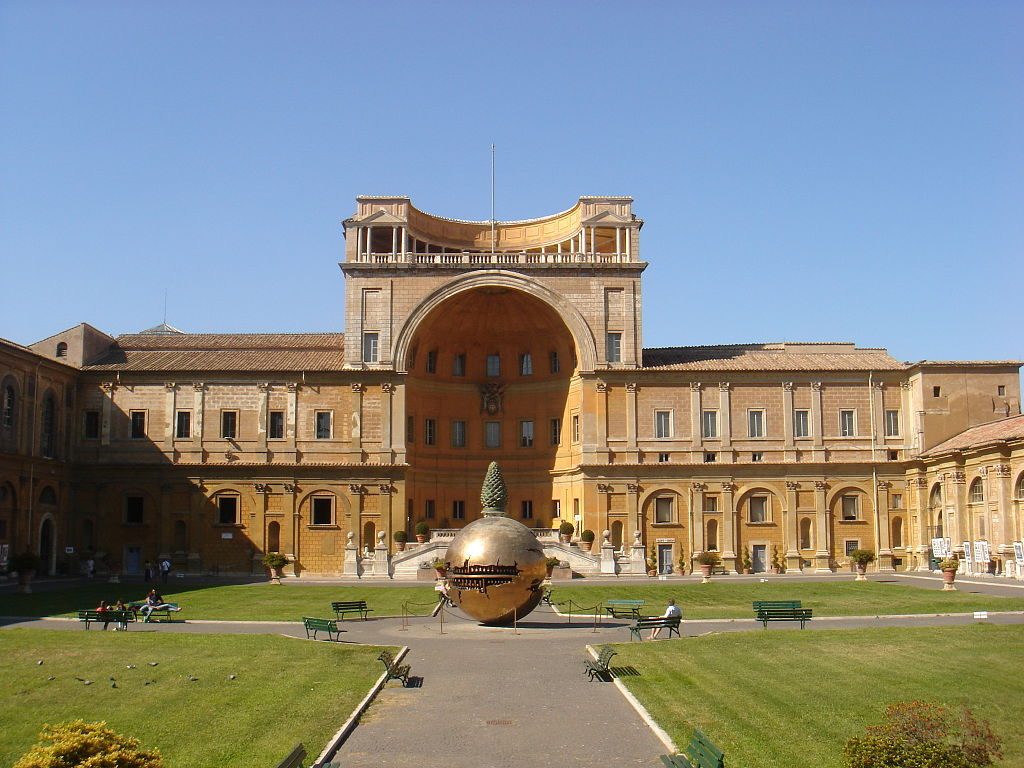
Pope Pius IV wanted to transmit Christian concepts through symbols taken from the ancient world. He died in 1565. In 1577 Cardinal Carlo Borromeo, a nephew of the Pope, issued guidelines on the construction and decoration of churches and religious buildings. These stressed the importance of conveying Christian concepts through the depiction of events of the Holy Scriptures and of martyrdoms. The sophisticated approach followed by Pope Pius IV was abandoned. For this reason many of the reliefs and statues which decorate the casino do not seem to have a religious meaning, although this was what the Pope had in mind.
Caryatids and relief portraying Eos and Tithonus in his old age on the loggia above the nymphaeum
A reference to water is a prevailing theme in the decoration of the casino: seas, rivers, boats, fish and other marine creatures are portrayed in stucco reliefs and statues; the Ocean, springs and Water as one of the Four Elements had meanings which were absorbed into the early Christian tradition and which Pope Pius IV and Pirro Ligorio wanted to revive.
Eos, Goddess of Dawn, asked Zeus to make Tithonus, a handsome Trojan prince, immortal, but she forgot to ask that he be granted eternal youth. Tithonus indeed lived forever, but begging for death. Most likely the Pope chose this tale to indicate that men should seek eternal life and accept the end of their earthly life.
Here the Pope assembled around him all those who were distinguished by their virtue or talents, and held many of the meetings which received the name of Notti Vaticane - at first employed in the pursuit of philosophy and poetry, but - after the necessity of Church reform became apparent both to the pope and to S. Carlo - entirely devoted to the discussion of sacred subjects. Hare
Details of the mosaics embellishing the nymphaeum
The shell decorations are pretty and curious. Hare
With the move of the papal residence to Palazzo del Quirinale the casino lost importance and this helped its preservation because the successors of Pope Pius IV did not modify the original building and its decoration in a significant way.
You may wish to have a stroll in the Vatican Gardens.
Pinacoteca Vaticana
Pinacoteca Vaticana and in the foreground a fountain built by Pope Gregory XVI in 1834
In 1932 a new building designed by Luca Beltrami was inaugurated by Pope Pius XI in the northern section of the gardens near the new entrance to Musei Vaticani. Its purpose was to house the papal collection of paintings which was founded by Pope Pius VII. It mainly consisted of altarpieces which had been seized by the French, e.g. The Transfiguration by Raphael from S. Pietro in Montorio. The collection was greatly increased by adding to it works of art from churches and monasteries which were closed or demolished after 1870, e.g. a painting by Andrea Sacchi from S. Romualdo (it opens in another window).
Next plate in Book 10: Casino al Pigneto del Marchese Sacchetti.
Next step in Day 8 itinerary: Casino di Belvedere.
Excerpts from Giuseppe Vasi 1761 Itinerary related to this page:
Casino Del Belvedere Vaticano De
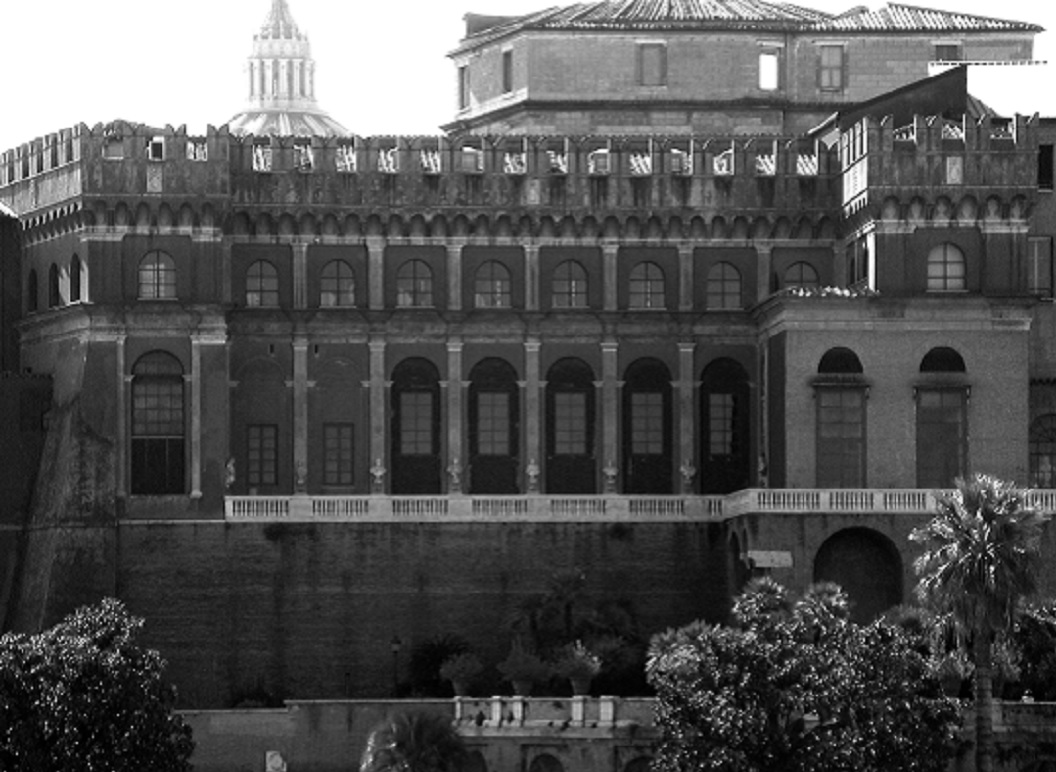
Giardino PontificioIl mentovato Niccolò V. formò in questa valle un giardino per diporto e sollievo nelle gravi sue occupazioni, e Pio IV. vi aggiunse un magnifico casino, e dipoi Paolo V. lo adornò di deliziose fontane, e viali, facendovi il nobile ingresso a piè della salita. |